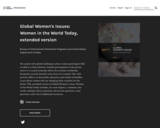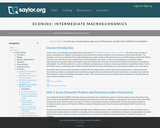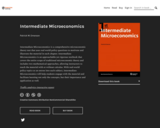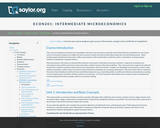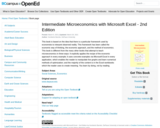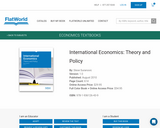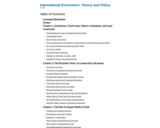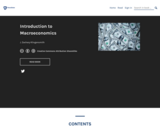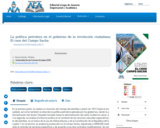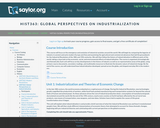
This course will focus on the emergence and evolution of industrial societies around the world. The student will begin by comparing the legacies of industry in ancient and early modern Europe and Asia and examining the agricultural and commercial advances that laid the groundwork for the Industrial Revolution. The student will then follow the history of industrialization in different parts of the world, taking a close look at the economic, social, and environmental effects of industrialization. This course ultimately examines how industrialization developed, spread across the globe, and shaped everyday life in the modern era. Upon successful completion of this course, students will be able to: identify key ideas and events in the history of industrialization; identify connections between the development of capitalism and the development of modern industry; use analytical tools to evaluate the factors contributing to industrial change in different societies; identify the consequences of industrialization in the 19th and 20th centuries in different societies; critique historical interpretations of the causes and effects of industrialization; and analyze and interpret primary source documents describing the process of industrialization and life in industrial societies. (History 363)
- Subject:
- Economics
- History
- Social Science
- World History
- Material Type:
- Assessment
- Full Course
- Lecture
- Lecture Notes
- Reading
- Syllabus
- Textbook
- Provider:
- The Saylor Foundation
- Date Added:
- 11/21/2011

